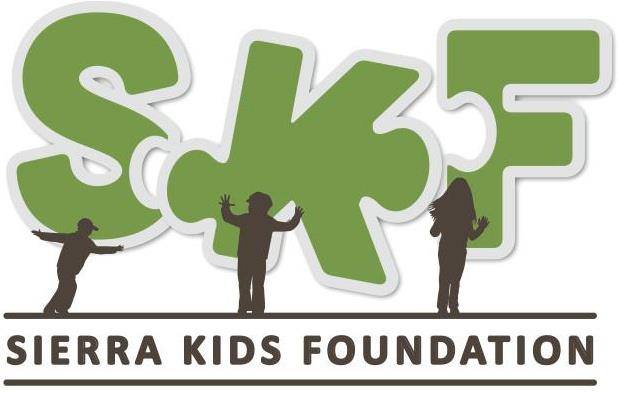Autism: Learning to Learn
Six-year-old Adam Potter lives with autism every day. Adam worked through a specialized transitional program at Truckee Meadows Community College and Katherine Dunn Elementary School when he turned three years old. Currently, he puts in hours with the University of Nevada, Reno’s Early Childhood Autism Program along with attending Van Gorder Elementary School. With only six tiny years under his belt, Adam has worked hard to get where he is today — playing games with friends, interacting with classmates and eagerly awaiting school days and the learning they entail. But as with most autistic children, these accomplishments didn’t come easily.
What is Autism?
Autism is defined as a developmental disability marked by deficits in language, social behavior and play, indicated by self-stimulatory, ritualistic and stereotypical behaviors, often manifesting itself by the age of three, according to Dr. Patrick Ghezzi, director and co-founder of the Early Childhood Autism Program at the University of Nevada, Reno. Ghezzi, however, warns people against viewing autism as a thing rather than an action. “We don’t think of autism as a noun, but as a verb. It’s not what the kid has, but what he does,” he says.
Autism in WCSD
Paul Dugan, Washoe County School District superintendent, addressed autism in this year’s Sate of the District Address, saying the number of students entering the district with autism is “staggering.” He cited a 30 percent increase among autistic students in the past three years. Furthermore, he says, ” the issue caught us by surprise. The dramatic increase had an impact we weren’t prepared for. It’s made us realize it’s only going to get bigger.”
With increased awareness of the growing number of autistic children in the school district and the realization that qualified, informed and knowledgeable teachers are needed to meet the demand, the school district teamed up with The Autism Coalition of Nevada (ACON) and the State Autism Task Force. This collaboration, which Dugan says is his number one “encourager” in helping the school district provide for autistic children, melds the knowledge and zeal of the organizations with the standards and needs of the district.
Parents vs. the District: Creating a “We” Point of View
Adam Potter’s mother, Lisa Potter, finds Adam’s experience in school less beneficial than his training at TMCC’s transitional program and the University’s Early Childhood Autism Program. “It is questionable whether some teachers — though not all — are being kept abreast of the latest information needed to effectively teach [children with autism],” Lisa Potter says. “Teachers may inadvertently hold biases based on traditional views of autism that do not apply to Adam or other autistic children.”
Paul Dugan understands this frustration and says that the drastic increase in children diagnosed with autism and then introduced into the school district left administrators and teachers grasping for help and information. Unfortunately, he also recognized the wedge it put between parents and the district. “We need to learn to work with parents who have to be frustrated with the demand autism puts on their lives and what they see as a lack of response from the school district. We need to develop a better means of communication, creating a ‘we’ point of view rather that an ‘us vs. them’ point of view,” he says.
Learning to Learn
Ghezzi commends the school district’s efforts in dealing with a disability the requires time, effort and knowledge. He says the goal of his program is to build a child from the ground up, which means eventually getting the child into a regular school setting. “We like the district and its teachers. We want to deal with classroom teachers where they can learn from us and we from them. Really,” he says, “it’s all about the kids.”
Heather Martinez is amazed by how much she learned through researching this article.
